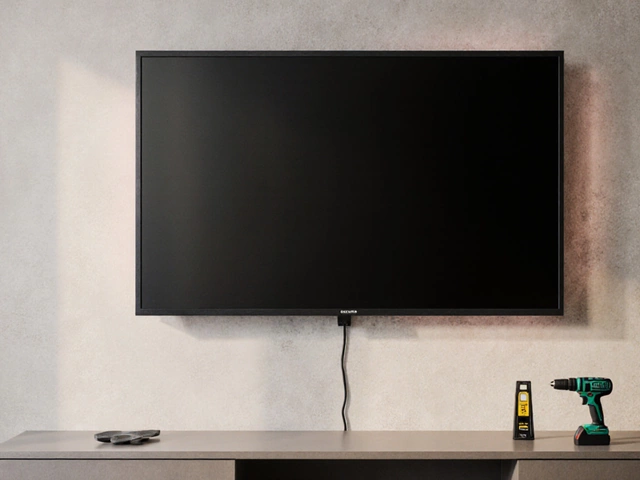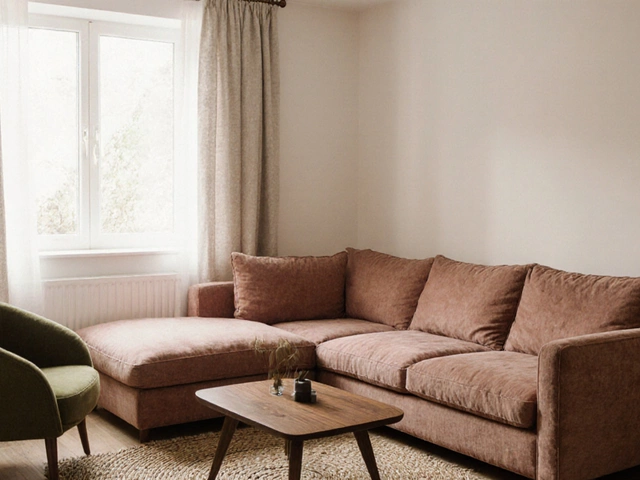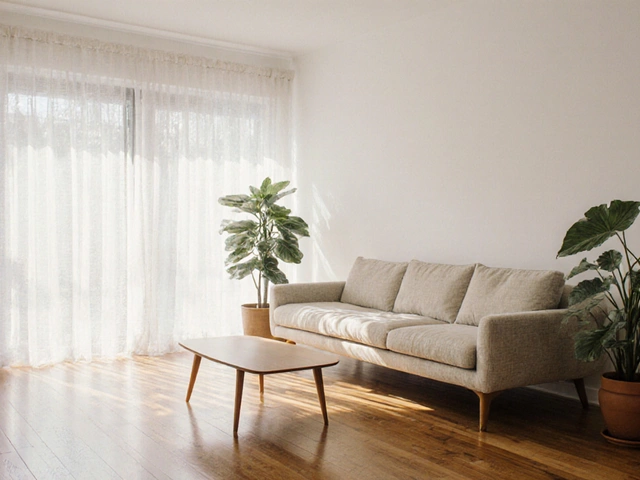Packing Furniture: Essential Tips for a Smooth Move
When working with Packing Furniture, the process of safely preparing household pieces for relocation or storage. Also known as furniture packing, it demands the right approach to keep items intact.
One of the first things you’ll need are Moving Supplies, materials like boxes, tape, and protective film that make the job easier. Without sturdy boxes or proper tape, even the best technique can fail. Think of high‑density moving boxes for smaller items and reinforced crates for heavy wardrobes.
Next comes Protective Wrapping, the use of bubble wrap, moving blankets, and foam corner protectors to shield surfaces. A good wrap absorbs shocks and prevents scratches on wood grain or glass. Many movers swear by a double layer of moving blankets for tables and a few inches of bubble wrap for delicate legs.
Once your pieces are wrapped, you’ll need smart Loading Strategies, methods for arranging furniture inside a moving truck to balance weight and reduce movement. Heavy items belong low and near the front, while lighter boxes sit on top. Securing each piece with straps avoids drift during transit.
Finally, consider Storage Solutions, temporary options like climate‑controlled units or garage shelving when you can’t move directly into the new home. Knowing how long you’ll store items helps you choose the right unit size and protection level.
Key Steps for Effective Furniture Packing
Start by measuring every item. Accurate dimensions tell you which boxes fit and how many you’ll need. Then, disassemble what you can – remove legs, shelves, or drawers. This cuts down on volume and makes each piece easier to wrap.
Apply protective wrapping next. For wooden chairs, wrap each leg with bubble wrap and secure with packing tape. For glass tabletops, place a sheet of cardboard underneath, then cover both sides with bubble wrap. A common mistake is skipping the corners; foam corner protectors add a cheap but powerful buffer.
Label each box clearly. Write the room name and a brief description on the outside; this saves time during unloading. Use colored stickers for fragile items – red for extra‑care pieces, green for sturdy items.When loading the truck, load the heaviest furniture first, placing it against the walls. Stack lighter boxes on top, but leave a small gap at the front for easy door access. Use moving straps to lock everything in place; a few quick clicks prevent costly shifts.
If you’re using a storage unit, place a sheet of plastic on the floor before the first box. This barrier protects against moisture that can seep up from the ground. For long‑term storage, add a desiccant pack to each box to keep humidity low.
These steps together create a reliable system: accurate measurements guide the right moving supplies, protective wrapping shields the surfaces, loading strategies keep the load stable, and storage solutions preserve condition if needed. By treating each element as a linked part of the overall move, you reduce risk and speed up the process.
Now that you’ve got the basics of packing furniture sorted, you’ll find the articles below dive deeper into specific materials, cost‑benefit analyses, and real‑world tips to fine‑tune every part of your relocation journey.
How to Safely Store Your Furniture: A Practical Guide
Learn how to safely store furniture, choose the right unit, prepare items, control costs, and avoid common pitfalls with a step‑by‑step guide.







